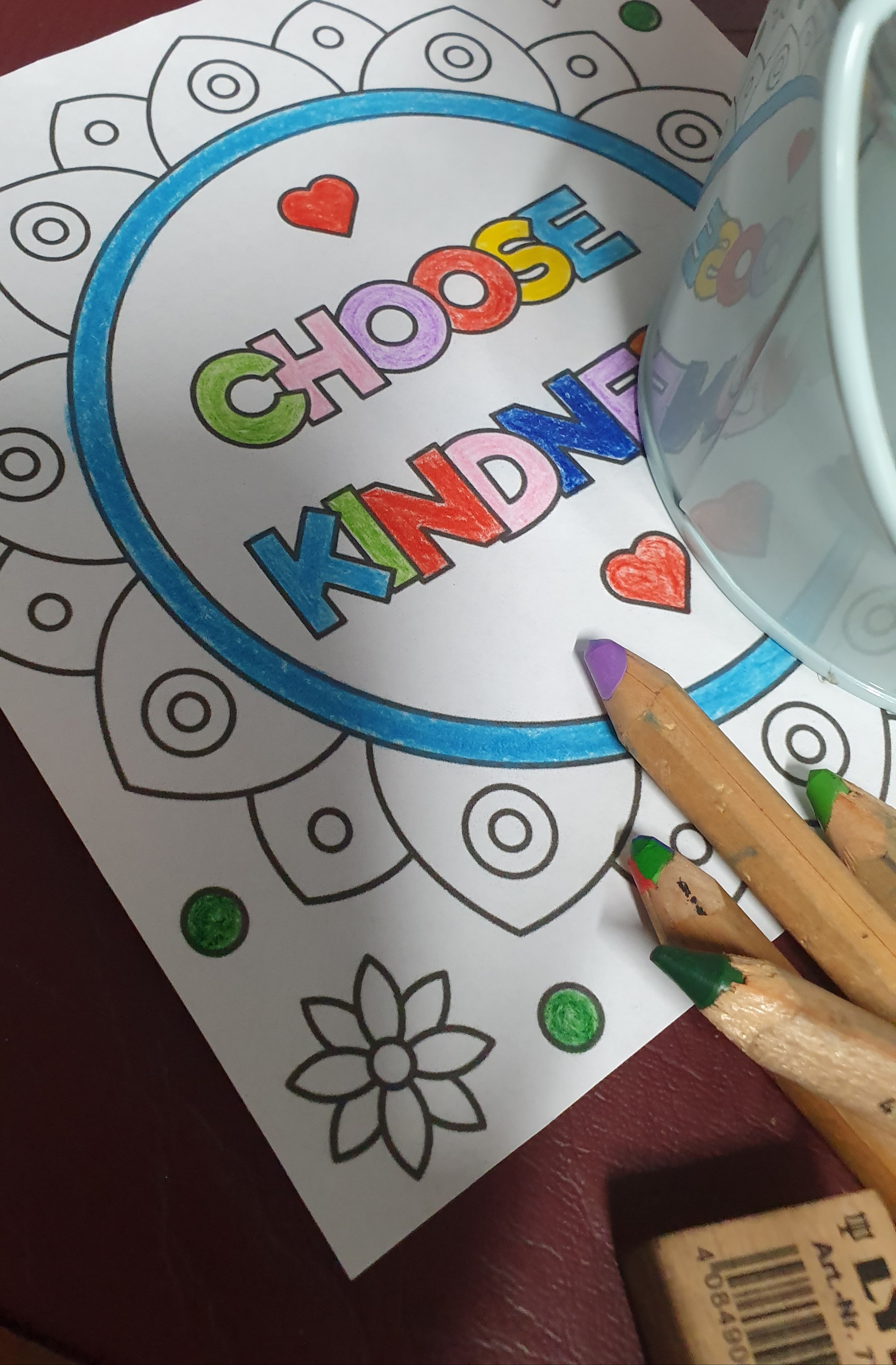Mama's Musings
Frugal Homeschooling 101
Home educating on a budget may seem like a challenge at first, especially if you are attempting to gather as many resources as your average classroom. There is no need to rush out and buy a lot of equipment that you may not need. First, sit down and write a “wish list”, then highlight the items you feel are most necessary to begin.
There are many alternatives to expensive educational resources. Here are some ideas to help you save money in setting up your home learning space.
- Buy furniture which has multiple uses. Consider a large, second-hand dining table over individual desks, for example - or just use your dining table! Use open shelving rather than cupboards for storing supplies and books. This allows the children to see what is available for their use and is less expensive. We've used bolt-together galvanised steel five-shelf units to hold games, puzzles, and construction kits. The children can see everything on the shelves and they remain tidy and uncluttered compared t...
Resource Review: Australian Homeschooling Summit 2020
From May 4th to May 15th 2020, I participated in the Australian Homeschooling Summit. I presented a workshop during Week One about our family's 25 year home education journey.

I've also had the pleasure of enjoying other workshops and bonus sessions by Aussie home educators Lusi Austin, Kelly George, April Jermey, Andrew Lord, Karen Willson, Erin Hassett & her graduate homeschoolers, and Heidi Conway. And there are at least a dozen I hope to watch or listen to in the coming weeks! Even though I have six home ed graduates myself, there is so much of value in these workshops for me as a parent as I embark on this journey (again) with 4 year old Zeah.
The Summit was run mostly through a Facebook group, where there were Live presentations and watch parties, as well as a lot of bonus materials, opportunities to network, and Q&A with the presenters. Workshops were also accessible directly via the Australian Homeschooling Summit website live, and now all of the audio and video files, as...
Resource Review: Art Supplies - Crayons
Following on from last week's review of Lyra pencils, good quality crayons are also really worth buying. We invested in Stockmar Crayons (sticks and blocks) and Crayon Rocks for our children, and they've lasted years.

The Stockmar Crayons are made of beeswax and come in a tin or a wooden box. They're popular with Steiner/Waldorf educators and families. The blocks are especially suited to small children, and activities such as crayon rubbing. The sticks are strong (ours have not snapped or bent) and offer the same brilliant result as the blocks. Neither type crumbles or smudges - they are so smooth.

 Crayon Rocks are made from soy wax and come in a drawstring bag. They're ideal for teaching pencil grip and were designed by an occupational therapist. These are even more smooth on the paper than the Stockmar crayons! They're not quite as long-lasting (because the wax is slightly softer), but they're still a lot more robust than regular crayons.
Crayon Rocks are made from soy wax and come in a drawstring bag. They're ideal for teaching pencil grip and were designed by an occupational therapist. These are even more smooth on the paper than the Stockmar crayons! They're not quite as long-lasting (because the wax is slightly softer), but they're still a lot more robust than regular crayons.
Of all the natural wax crayons ...
Resource Review: Art Supplies - Lyra Pencils
I learned fairly early on in parenting that poor quality art supplies just weren't worth buying. Instead of paying 99c for a packet of pencils that broke and split and gave a mediocre result on the page, I invested in German-made Lyra pencils for our children. These have lasted years, being topped up from time to time with a new packet or some metallics or skin tones for variety. I used to sell Lyra pencils when I owned Spiral Garden, so was lucky to buy a stash of them at wholesale rates. Years on, though, I don't hesitate to pay full price when it's time to restock the pencil jar, because they are awesome! They're still available from Spiral Garden, as well as most art supply stores and even Officeworks.

We mostly use the Super Ferby range - they're thick, so they're strong. They smell good, and they feel good in our hands. Most of the Ferby range have only natural wood on the outer case, which is good for smalls who like to chew pencils (we almost always had toddlers and b...











